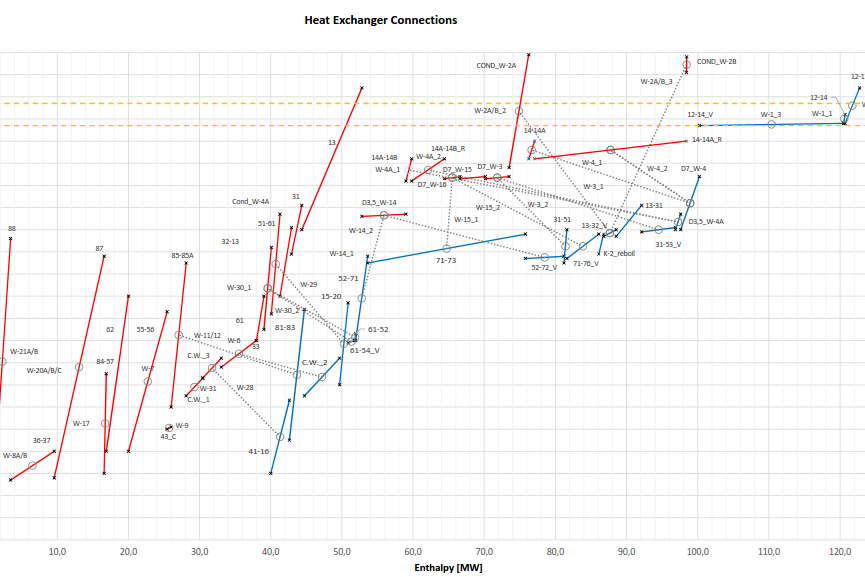Borealis, with its headquarters in Vienna, is a leading global supplier of innovative solutions in the polyolefin, base chemicals and plant nutrient sectors and currently employs around 6,500 people.
Borealis operates two large production sites in Austria. Plants for the production of polypropylene (PP) and polyethylene (PE) with a total capacity just under 1 million metric tons/year are operated in Schwechat. At the site in Linz, the company produces base chemicals such as melamine, plant nutrients and technical nitrogen products with an annual production capacity of around 1.5 million metric tons.
At the beginning of 2015, the Energy Efficiency Act [Energieeffizienzgesetz = EEffG] implementing the EU Energy Efficiency Directive [EED] came into force in Austria. In the course of this, Borealis commissioned VTU Engineering to carry out an energy audit at its Austrian sites although the content of the audit far exceeded the level required by law. Of course, continuous improvement of resource and energy efficiency had already been
an integral part of the corporate strategy at Borealis long before the Energy Efficiency Act came into force. The aim during the audit was to discover yet more hidden potential for energy saving by taking an in-depth look at all the production processes. Thanks to a combination of specific expertise in energy technology and process knowledge, VTU is able to develop cross-discipline solutions in the field of energy optimization which are not possible if process and energy supply are considered separately. In addition to technical expertise and the latest methods and equipment for data analysis and process simulation, VTU has at its disposal highly qualified teams with five registered energy auditors. Another key success factor in optimization projects is the ability to integrate the plant operator's knowledge. This open collaboration was successfully implemented in this project. The energy audit at Borealis covered 18 production plants with a total energy consumption of almost 1,600 GWh/year. Processes with temperatures above 800 °C and pressures up to 3000 bar, plus a variety of technologies such as polymerization processes, ammonia synthesis and fertilizer production, as well as their process units, including compressors, pumps and heat exchangers, were put to the test, as were the media, power supply and distribution systems not to mention infrastructure and transport means.
First of all, the energy experts recorded and analyzed the monthly consumption of all the energy sources and media consumption, these were then assessed in joint discussions and used to work out the next steps. Thanks to the outsider view, plant inspections on-site which focused on energy efficiency provided the basis for new discussions. A review of the power consumers led to new insights following comparisons that crossed plant boundaries. This knowledge was also incorporated in the recommendations for further implementing measures. Particular attention was paid to the large consumers and the continuously running systems with medium-sized connected loads, a typical example of this being pumps in operating resources networks, such as cooling-water pumps. Analysis of the operating points and comparison with operating and efficiency curves showed exciting potential for savings. Using the ASPEN plus simulation program, three production plants for nitric acid, urea and polypropylene were modelled in detail and the Aspen Energy Analyzer module was used to search for optimum heat integration. Despite a very high integration level in the plants on the Linz site, it was still possible to identify potential for some attractive savings which will be implemented in follow-up projects.

